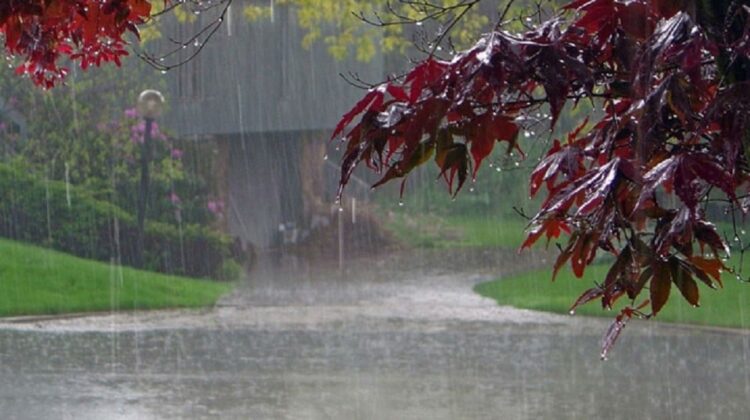ISLAMABAD; As Pakistan continues to reel from the devastating impacts of ongoing monsoon rains, the Pakistan Meteorological Department (PMD) has issued another warning for a fresh spell of rain, wind, and thundershowers expected to lash large parts of the country starting August 4. The upcoming weather system could aggravate the already precarious flood situation in multiple regions.
The Met Office stated that weak monsoon currents have begun entering the upper and central areas of Pakistan, with their intensity likely to increase by August 4. A strengthening westerly wave, expected by August 5, may further intensify rainfall activity across flood-prone areas.
In Azad Kashmir and Gilgit-Baltistan, scattered rains with isolated heavy downpours are forecast between August 4 and 7. Key areas like Muzaffarabad, Rawalakot, Neelum Valley, Skardu, and Gilgit may face flash flooding and landslides, particularly in mountainous zones.
In Khyber Pakhtunkhwa, districts including Swat, Mansehra, Kohistan, Abbottabad, and Dera Ismail Khan are under alert for potential urban flooding, thunderstorms, and landslides during the same period.
Heavy showers are also predicted in Punjab and the Islamabad Capital Territory. Cities such as Lahore, Rawalpindi, Gujranwala, and Murree may face urban flooding, while southern Punjab, including Multan and Dera Ghazi Khan, may see disruption by August 6.
Meanwhile, Sindh and Balochistan will remain mostly hot and humid, though isolated showers are likely in coastal and northeastern areas, including Khuzdar and Zhob.
The Met Office has cautioned that further rains may trigger flash floods in local streams and nullahs, particularly in northern regions, potentially damaging infrastructure such as kacha houses and road networks. Tourists and travelers have been urged to exercise caution and avoid unnecessary visits to vulnerable areas.
This fresh alert comes in the wake of weeks of monsoon-related destruction that has already claimed lives and caused widespread damage to homes, roads, and farmland. Authorities at both federal and provincial levels, including NDMA and PDMAs, remain on high alert.

























